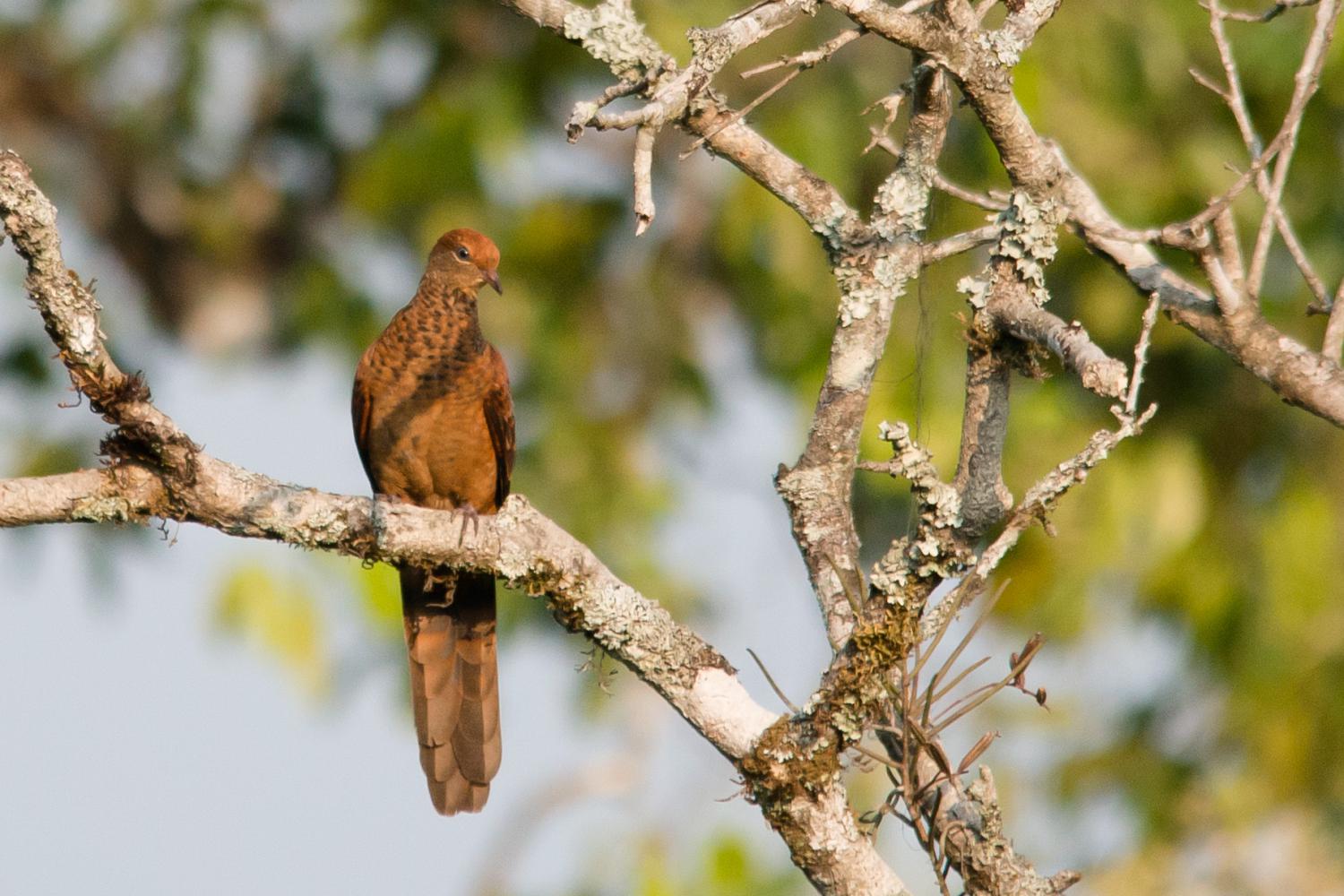The Macropygia Ruficeps: A Jewel Of Java And Bali
Share
The Macropygia ruficeps, commonly known as the Red-capped Cuckoo-Dove, is a captivating bird species belonging to the order Columbiformes and the family Columbidae. This article delves into the fascinating characteristics, habitat, behavior, and conservation status of this unique bird, providing insights for birdwatchers and nature enthusiasts alike.

Taxonomy and Classification
The Red-capped Cuckoo-Dove is classified under the following taxonomic hierarchy:
- Order: Columbiformes
- Family: Columbidae
- Suborder: Columbae
- Subfamily: Columbinae
- Species: Macropygia ruficeps
- Subspecies: ruficeps
- Type: Columba ruficeps Temminck, 1834
This species is primarily found in the lush landscapes of Java and Bali, with its restricted type locality being Java.
Physical Characteristics
The Red-capped Cuckoo-Dove is a medium-sized bird, notable for its striking appearance. It features a distinctive red crown on its head, which contrasts beautifully with its grayish-brown body. The wings are long and pointed, and the tail is notably elongated, giving the bird its name "Macropygia," which means "long-tailed" in Greek.

Habitat
This species thrives in tropical rainforests, preferring dense, humid environments where it can find ample food and shelter. The Red-capped Cuckoo-Dove is often spotted in the understory of forests, where it can blend seamlessly with its surroundings. Its range extends across Java and Bali, where it occupies both primary and secondary forests.

Diet
The diet of the Red-capped Cuckoo-Dove primarily consists of fruits, seeds, and berries. It plays a crucial role in its ecosystem by aiding in seed dispersal, which contributes to the health and regeneration of forest habitats. The bird's feeding habits are adapted to its environment, allowing it to thrive in the lush foliage of its tropical home.

Behavior
The Red-capped Cuckoo-Dove is known for its gentle and elusive nature. It is often heard before it is seen, as it produces soft cooing calls that resonate through the forest. This species is generally solitary or found in pairs, and it tends to be more active during the early morning and late afternoon. Its flight is characterized by a series of rapid wingbeats followed by short glides, making it a graceful sight in the air.

Reproduction
Breeding season for the Red-capped Cuckoo-Dove typically occurs during the wet season when food is abundant. The female lays one or two eggs in a simple nest made of twigs and leaves, usually located in the dense foliage of trees. Both parents participate in incubating the eggs and caring for the chicks once they hatch, showcasing a strong parental bond.
Conservation Status
The Red-capped Cuckoo-Dove is currently classified as Least Concern by the IUCN Red List. However, habitat loss due to deforestation and urbanization poses a significant threat to its population. Conservation efforts are essential to protect its natural habitat and ensure the survival of this beautiful species.
Birdwatching Tips
For birdwatchers eager to observe the Red-capped Cuckoo-Dove, the best locations are the dense forests of Java and Bali. Early morning and late afternoon are ideal times for spotting this elusive bird. Patience and quiet observation are key, as the bird's soft calls may be the first indication of its presence.
The Red-capped Cuckoo-Dove is not just a beautiful bird; it plays a vital role in its ecosystem and serves as a reminder of the rich biodiversity found in the tropical forests of Indonesia. Observing this species in its natural habitat can be a rewarding experience, offering a glimpse into the intricate web of life that thrives in these lush environments.